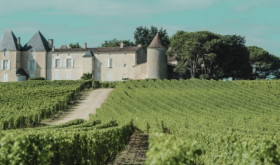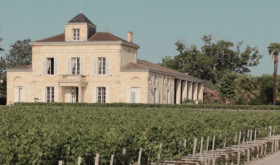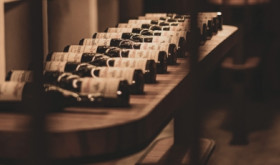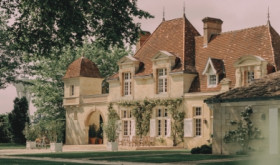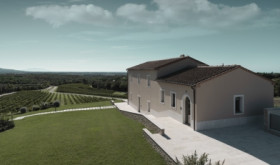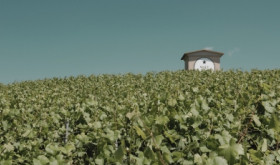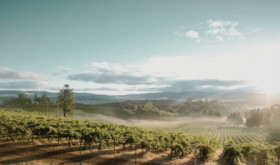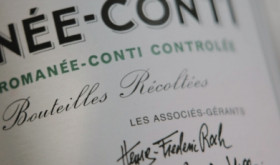
Bordeaux wine producers braced themselves this week as temperatures dropped as low as -7℃ in certain areas. It’s the second year in a row that the region has experienced Spring frosts and the coldest temperatures for this season since 1947. As châteaux try to ward off the frost that can wreak havoc on their entire crop, we’ve taken a closer look at how it impacts vines and what producers can do to try and combat it.
Frost and Wine: How Does it Affect Vines?
Spring frosts happen when cold air below 0℃ collects at ground level and freezes any water that has settled on surfaces. If this happens to new buds that have burst it kills them. The impact of this is huge and can impact the vintage yield significantly.
Vineyard Frost Protection
There are several ways that wine producers can try to combat frost in the vineyard. One popular and traditional method in French winemaking regions is the use of ‘bougies’, literally ‘candles’ in French, but more often ‘burners’, using old oil drums. They are placed throughout the vineyard to generate heat which helps the air to circulate and prevents the cold air from settling and causing the frost.
Wind machines are more common in areas that are prone to frosts. They act as large fans with a heating element inside and aim to keep the temperature at ground level above freezing. You might have even seen photos of some producers using helicopters above the vineyards in order to circulate the air!
Sprinklers are also used to spray water onto the vines. As the water freezes around the green tissue, it releases some heat which gives vines just enough protection to fight off the frost.
One Bordeaux producer who has fought frost with 100% success using another method this year is Liber Pater in the Graves region on the Left Bank. Owner Loic Pascquet no longer bottles his wines adhering to the AOC system which has strict production requirements. Instead, he chooses to bottle his wines as ‘Vin de France’ and is free to use frost nets in the vineyard, something that AOC classified producers are not permitted to do. Frost nets cost half the price of burners and are also reusable.
The Impact on the 2022 Vintage
While we don’t know just yet the full impact the Spring frosts may have had in Bordeaux, it’s likely that yields will be down. With less fruit available to make the wines, the amount of the 2022 vintage released on the market could be drastically reduced, meaning that the global demand for Bordeaux would struggle to be satisfied.
